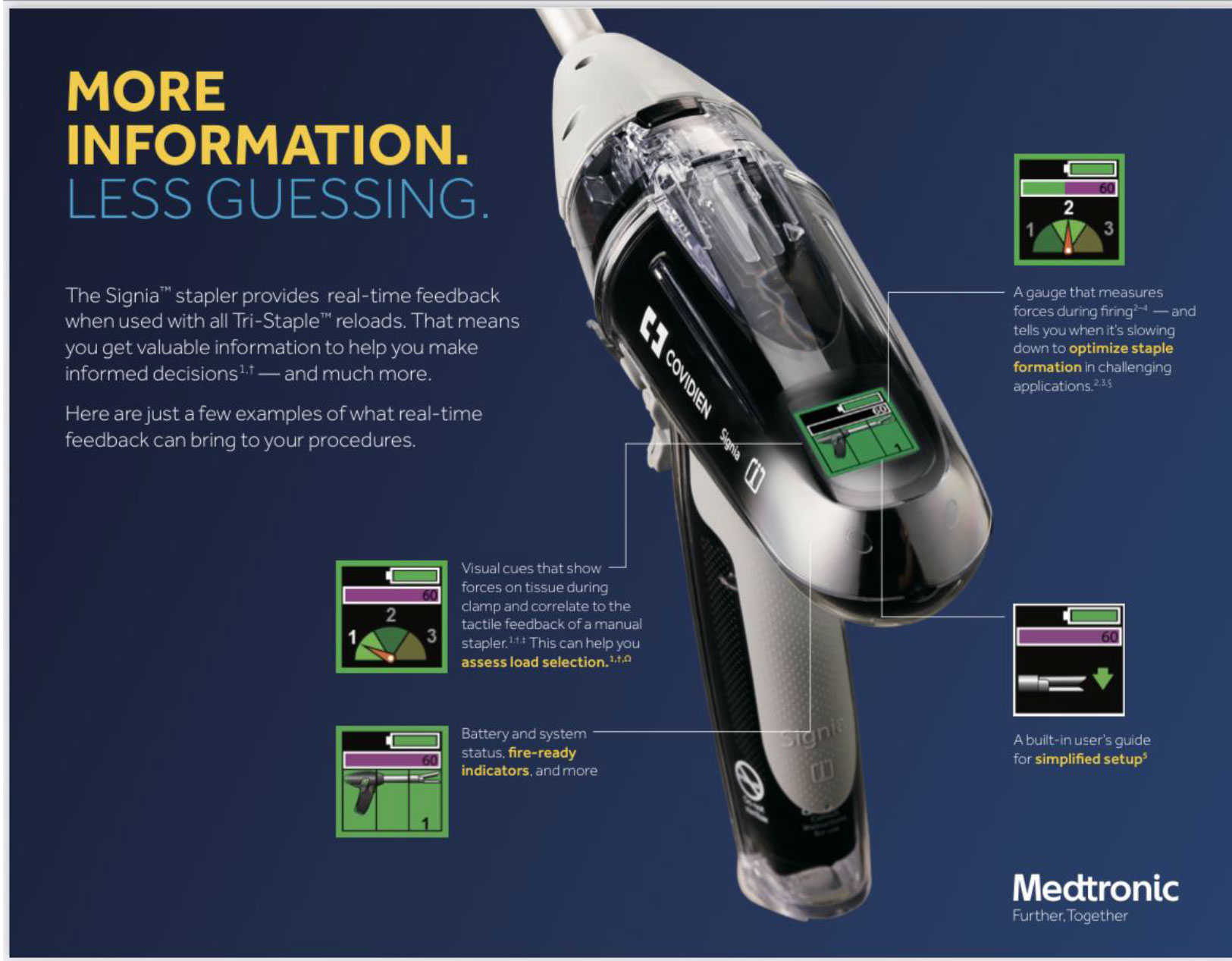Introduction and purpose
A referral system is important in any service that seeks to provide an excellent service for patients, and it enhances the practice of a professional. In surgical practice, referrals may come from other medical professionals, other surgeons, from allied health professionals or the patients themselves. In narrowly specialised fields and practices, the patient self-referral may be problematic if they have made an incorrect self-analysis and should be discouraged. Referrals from allied health professionals may be subject to regulatory restraints depending on existing laws and practice, including laws related to advertising or solicitation of patients.
In any examination of a referrals system, consideration has to be given to the kinds of referrals, and to the institutions in which the surgeon works.
Systems of referral - routine, urgent and emergency
The kind of practice whether public or private and the kind of institution the surgeon works in affects the system that will be set up:
- Institutions whether public or private should have a clinic with a defined time and appointments spacing that allows an adequate consultation to be made. Depending on the length of time that patients have to wait for an appointment, a defined number of spaces should be left for urgent referrals. Given the resources available, a routine clinic appointment should not exceed a period of 3 months. Non-urgent referrals of inpatients within an institution should be seen as soon as possible and no later than within the week of the request.
- Urgent referrals must be defined by the particular service, and the timing of the urgency determined by the principals involved. Such referrals may vary from days to weeks. Any urgency that must be seen in less than 2 days must be considered an emergency.
- Emergency referrals should not be dealt with in routine clinics., Aarrangements should be made for them to be seen in emergency departments or another facility where they may be admitted or immediately treated.
- Information. All arrangements for referrals should be disseminated to all concerned within and without an institution or clinic. This must be done in the most appropriate way, taking into account any restrictions there may be in ethics and law in the jurisdiction of the practice. A referral must have sufficient information to allow the responding doctor to prioritise the request within their personal work load. Hand written communication should be clear and all communications should include the relevant clinical findings
Ethics and referrals
- Availability. Practitioners should make themselves available at the times they have agreed to see referrals in clinics, as well as other activities such as ward rounds. Urgent referrals should be fitted into such arrangements and should not be allowed to routinely compromise other duties. Where possible emergency duties should not be scheduled to clash with other scheduled referral clinics.
- Fees. Practitioners should make their fees known in advance, and there should be no admixture of public and private services
- Responses. All consultations should be received and responded to in writing, by hand or electronic means as soon as possible and when further information or research has to be done. An appropriate time frame would be, within 12 weeks in the case of non urgent referrals, and within 2 weeks in the case of urgent referrals
- Referrals and junior staff. Senior staff members are legally responsible for all services rendered by their junior staff. Delegation of responsibilities should be made clear in departmental or institutional rules/guidelines. As a general rule, consultation should be occur at a peer level and referrals between services must be at the senior level.
Monitoring
- Audit . Referral services should be monitored and assessed to ensure there are fulfilling their stated aims. Basic statistical data on clinic referrals should be compiled at least once a year and compared with the targets that were made.
- Content. Basic statistics should include the clinic stats for routine and urgent appointments and the wait times for such appointments. The time taken in assessment should also be recorded, and an analysis and judgment made about of the content of the referrals.
- Revision or renewal of referral schedules should be done on the basis of the data collected..
Legal
- The legal issues that can arise from consultations and referrals relate to the standard of care provided in the consultation. A good standard of care requires completing the necessary tasks, in a time that does not realise the deterioration of the patient’s condition. The question of timeliness must be assessed in individual and overall patient outcomes, taking into account the professionalism or lack of it by the professionals involved. Although the functioning of the non-professional persons responsible for making appointments in the system must be assessed, they would normally play a subsidiary role.
Prof. Sir E.R. Walrond
Chair of the Legal and Ethical Committee, CCOS
cc. Prof. V. Narainsingh; Dr. J. Mc. Crea; Dr. M. O’Shea







